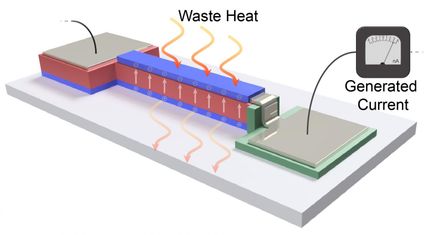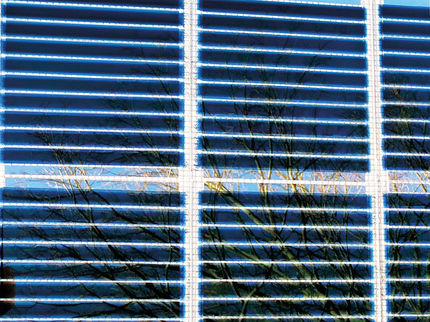VDMA Photovoltaic Equipment: Depression in turnovers in 2012
Photovoltaic industry shows weak volume of orders and decline in incoming orders
Advertisement
The turnover of manufacturers of photovoltaic components, equipment and plants in Germany has decreased by almost 50 per cent in 2012 compared to the previous year reports VDMA in the run-up to the SNEC PV Power Expo in Shanghai. This means that times of rapid increase in photovoltaic production capacities are definitely over. Already since the end of 2011 the PV equipment industry has suffered from large over capacities. This development continuously got worse in the course of 2012.
"In addition to market turbulences we have to cope with continuing trade conflicts in the solar sector. We clearly feel the uncertainty which this development means for our clients. The willingness to invest in newest machinery and production technology in order to thus maintain their own competitiveness has considerably decreased", explains Dr. Peter Fath, CEO of RCT Solutions GmbH and Chairman of the Board of VDMA Photovoltaic Equipment.
The benchmark with their international market partners, however, remains positive. With a share of 55 per cent of the world market German companies could consequently expand their competitive position in 2012. "German PV manufacturers and technology suppliers continue to benefit from being innovative, solution oriented and close to their customers. When it comes to competitive capacities as well as to replacement and upgrade of existing production capacities, top performers choose "Made in Germany" relying on competitive cost structures and top quality", stresses Dr. Florian Wessendorf, Managing Director of VDMA Photovoltaic Equipment.
High export ratio – cell production remains the key segment
German PV suppliers benefit from their consequent market development and their constant presence in Asia. In 2012 about 70 per cent of total turnovers have been achieved in the Far East. Even though the industry has to struggle with the decrease in turnover in Asia, especially Taiwan and China remain leading markets for PV equipment. The US turned out to be the only growing market where turnovers could be increased by almost more than 30 per cent compared to 2011.
The export ratio amounted to 85 per cent in 2012 which has been the average level for years. Cell equipment remains the key segment with a turnover share of 65 per cent. Equipment for the crystalline back end - module production – amounted to almost 9 per cent in 2012, plants for the poly silicon, ingot and wafer production amounted to almost 7 per cent of the turnover. The remaining 18 per cent were covered by the thin film segment which had the lowest decrease compared to the other segments.
Decrease in orders – new strategies are necessary
Incoming orders were at a constantly low level by the end of 2012. Compared to the already decreasing income of orders the year before, another minus of about 26 per cent had to be dealt with. Although the Asian market dominates the orders, it was for the first time ever that only less than 50 per cent of the orders could be acquired in Asia. An increasing diversification in PV production becomes obvious here. In order to strengthen the competitiveness of German PV manufacturers the domestic industry leaders increasingly applied new strategies and new ways in a changing market environment.
Orders on hand of the reporting companies amounted to 3.8 production months by the end of 2012, thus reaching a lower level than the entire machinery industry (5.6 months in February 2013).
"Although the challenges for the industry are certainly not small ones, I am optimistic with regard to future perspectives of the PV machinery industry in Germany. When we manage to successfully apply our strengths – as there are technology leadership, closeness to our customers and a focus on the reduction of production costs – I am sure that we will be ahead of the next investment cycle again", stresses Fath.


































































